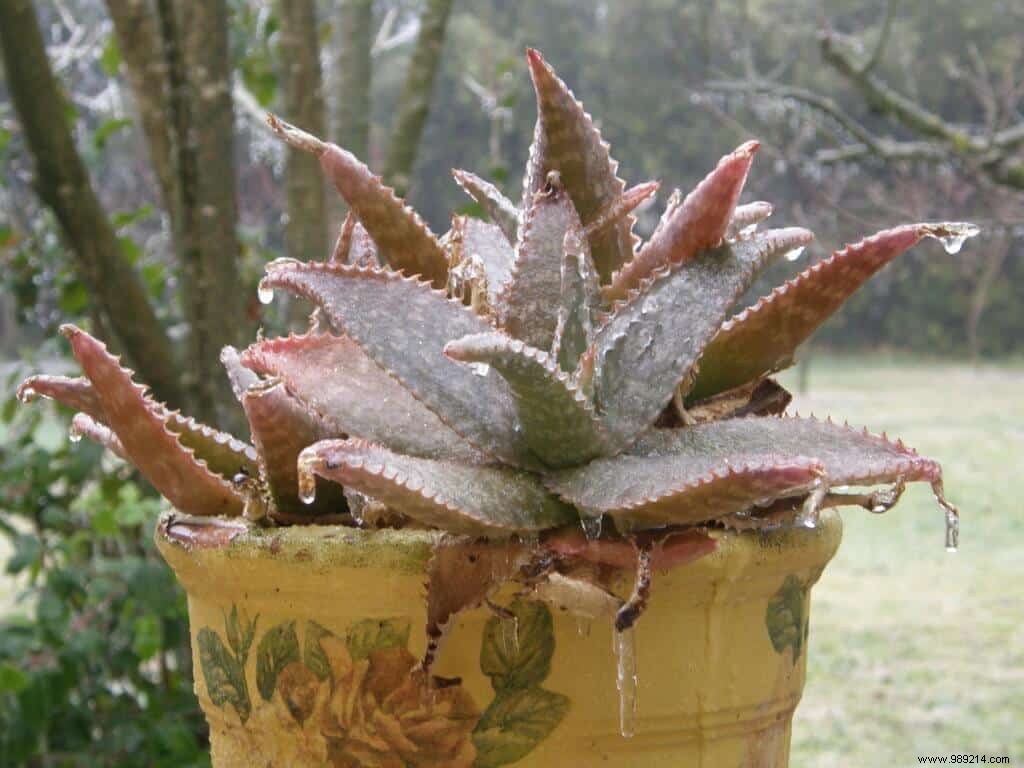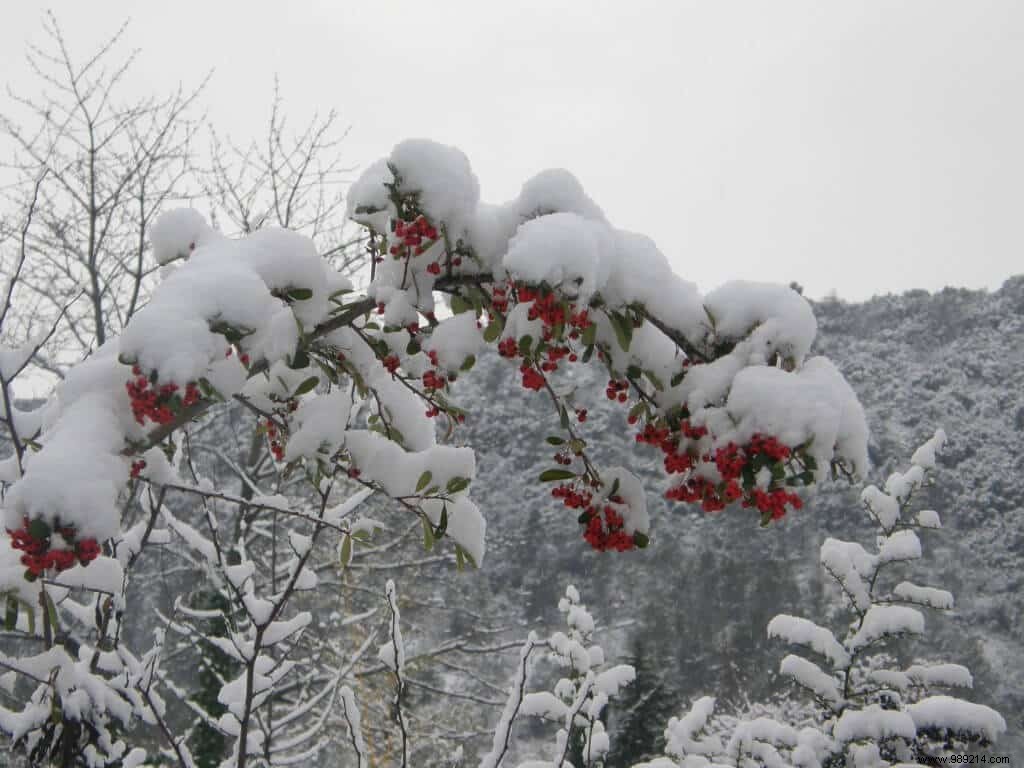Fragile plants are plants that fear the cold. With that, you are informed...
This question seems innocuous, silly but there is cold and cold. And there is resistance and resistance…
Generally speaking, a plant can withstand temperatures as low as it is written in its genetic heritage. The literature gives cold hardiness temperatures by variety, and you have found that the numbers vary from source to source. In fact, these temperatures should be taken as indicators but not as truths. What cold are we talking about?
Some trees resist very negative temperatures, -20°C, -25°C over long periods, without their life being in danger. Other plants tremble at the idea of seeing the thermometer get closer to 0°C, and this in our latitudes, let's not talk about the tropical plants that we call at home, houseplants.
Furthermore, it there is a big difference between a -3°C that arrives at the end of a January night in a dry period and a -3°C of an early morning in April after a period of relative mildness when nature s was awake and the first buds were pointing green.
So the negative temperature is not a general critical threshold. This is simply the point where water turns to ice. However, if the natural protection of the plant, its bark, is thin, the water in the tissues solidifies, increases in volume and the cells burst. In the best case, there will be burnt leaf tips, even more, necrosis on the fragile stems, in the worst, it is the death of the plant.

Winter protection would have been very useful
This is an indication that should be taken with caution. There is what the thermometer says and when it says it! The combination of cold and humidity is very harmful. Soggy ground, icy drafts are aggravating factors.
And depending on the varieties of the same species, there are differences. Some oleanders do not see the gardens of the Cévennes and stay on the Cote d'Azur. Others work wonders in the south of the Massif Central.
She is one of the solutions. The first is to bring fearful plants into a frost-free room. But those planted in the garden or put in non-transportable pots will receive their cover.
There are two parts of plants to protect. The aerial parts but also the roots in the pot. To protect the branches and foliage, a wintering veil surrounding the plant with several layers may be sufficient. Do not take a plastic film, the insulation would be almost zero and the condensation causes rot.
The pot is wrapped in a film which can be plastic:garbage bag, burlap, small mesh wire or potato net. Surround the pot, leaving space between the pottery and the film. Next, fill the space with balls of newspaper. It is the "trapped" air that acts as insulation, as with a wool sweater.
You will have taken care to remove the saucers so as not to leave water in the bottom of the pot. By the way, on this site, you must have had the opportunity to read that saucers are harmful all year round! Full of water, they prevent gas exchange and also offer nurseries of choice to the tiger mosquito...
You will read here and there:"When the frosts are no longer to be feared!" ". That's not entirely accurate. The winter protection is not removed all at once. During the day when the weather is nice and the temperature is mild, you can also let the plants "breathe". But in the evening, put the sails back in place in case the biting cold shows up in the early morning. And in the meantime you can read my mood post, when is the summer?

Snow. No winter protection for this cotoneaster resistant